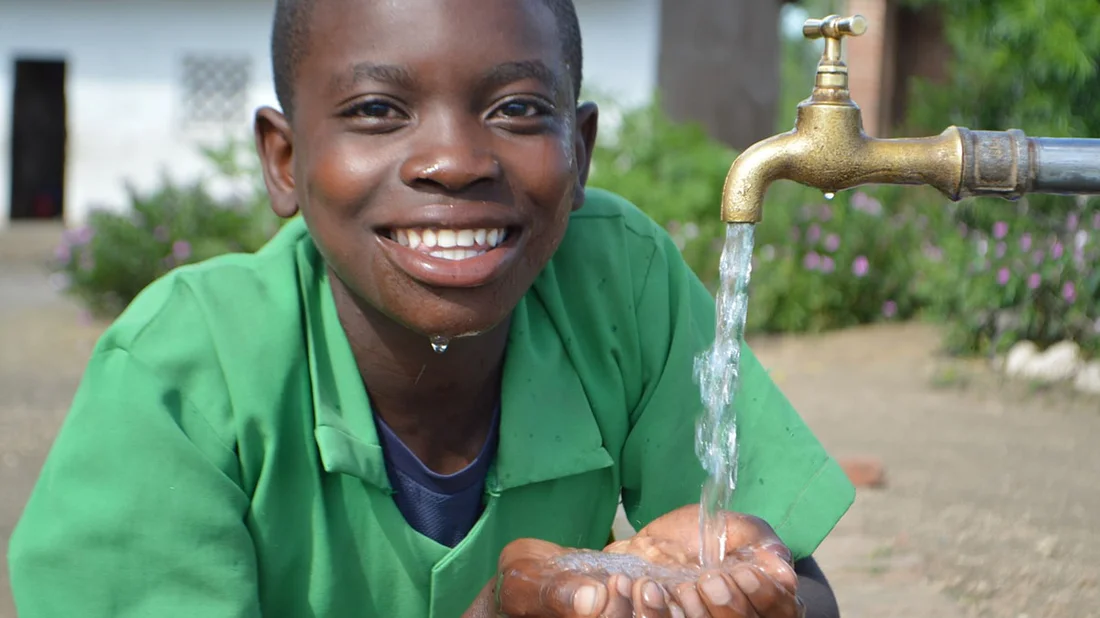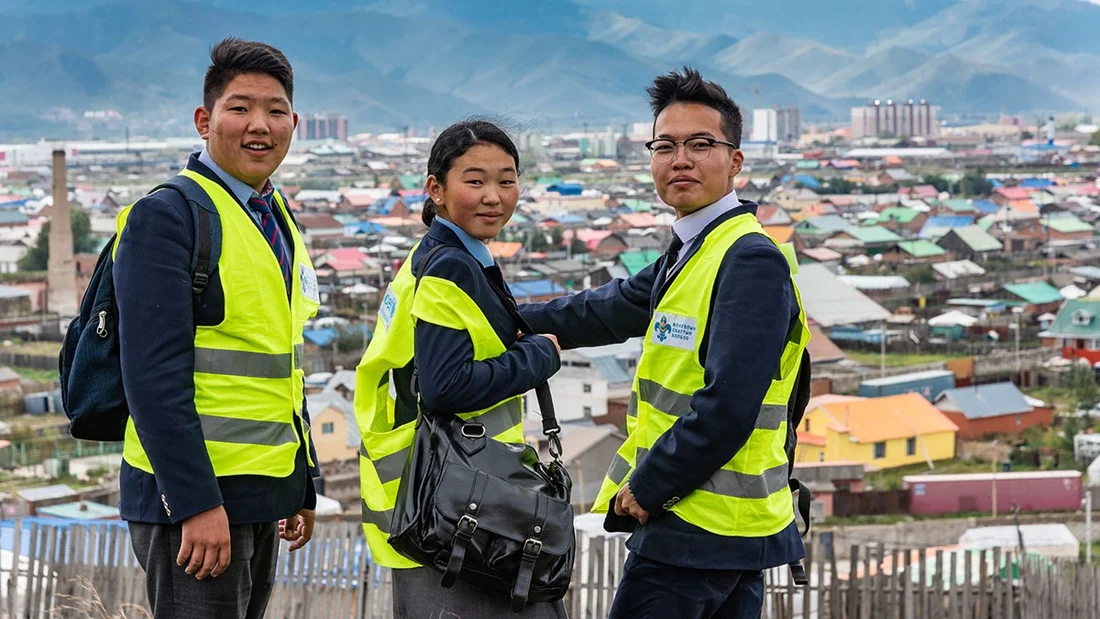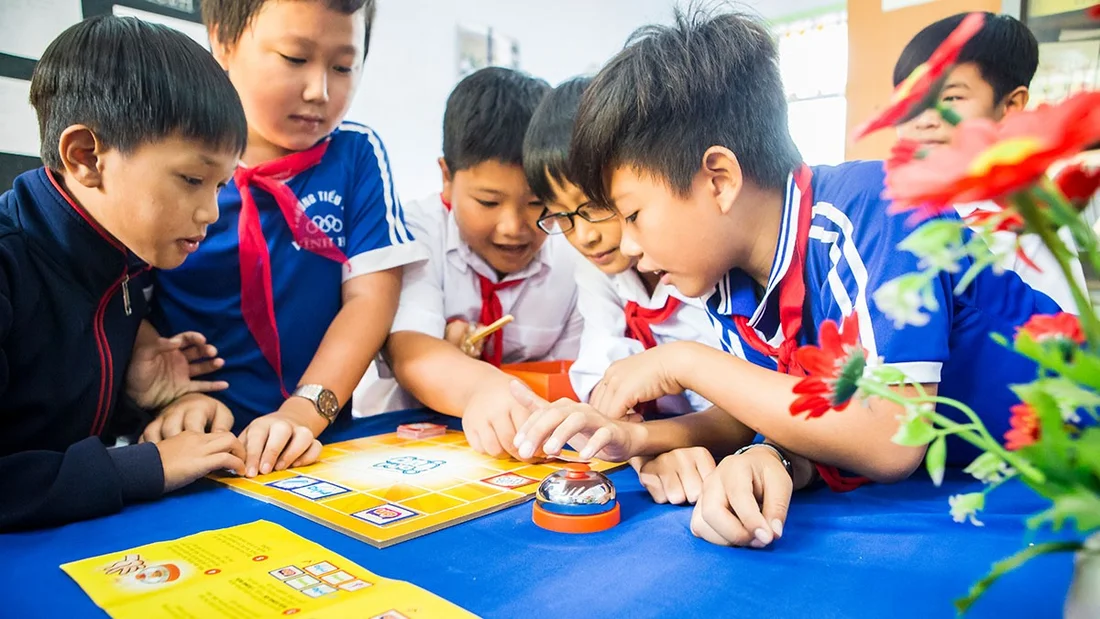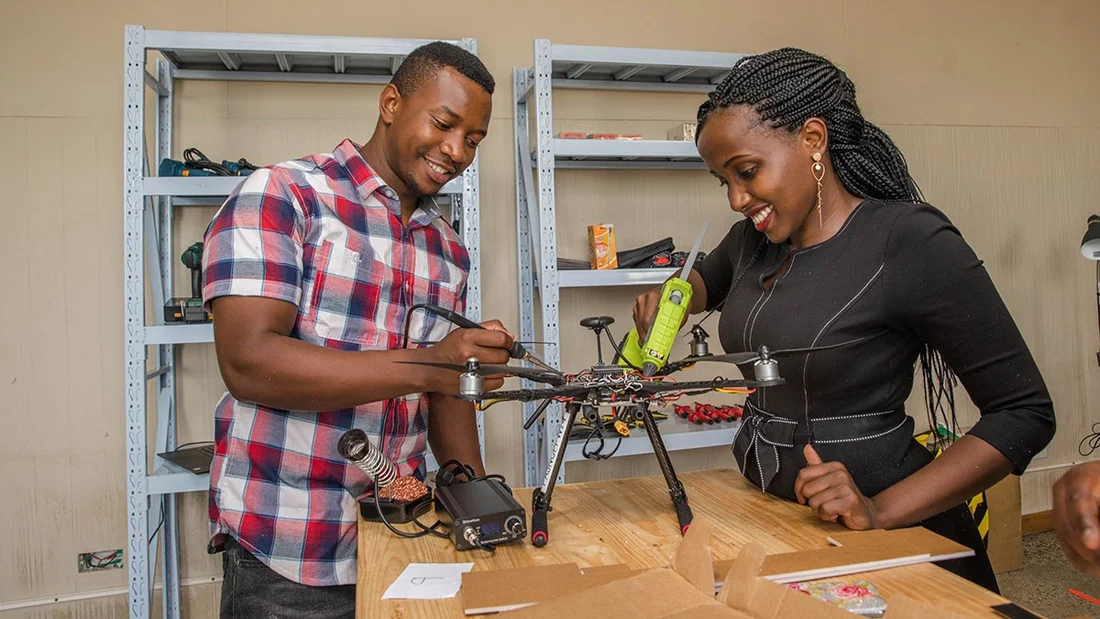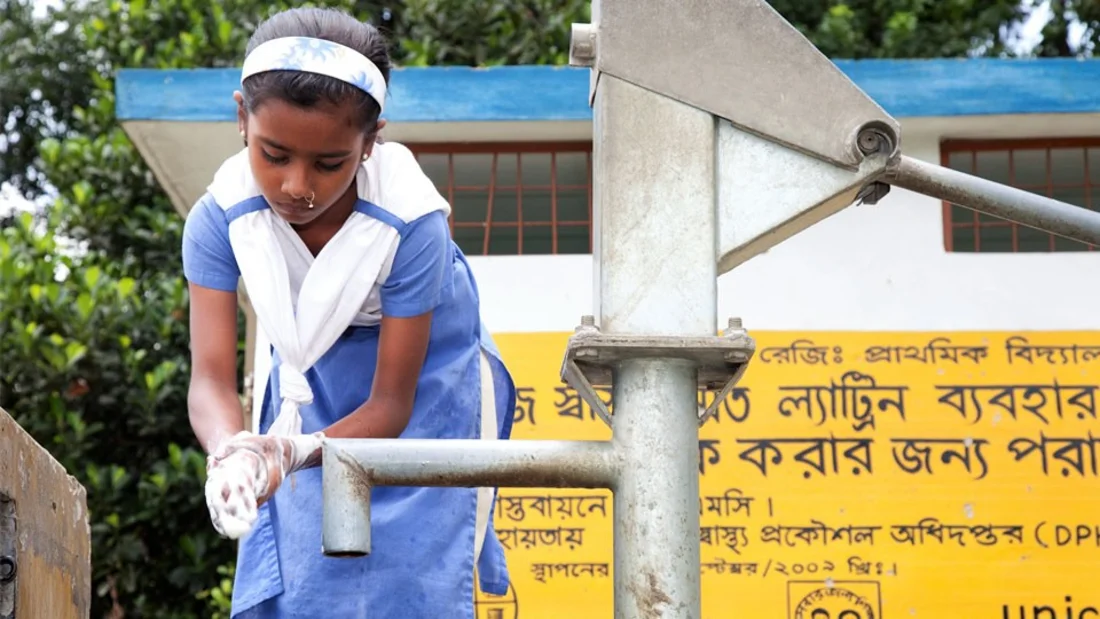Climate change and environmental pollution are the major challenges facing today’s generations. They threaten the health, nutrition, education and development of all children worldwide, in other words their very survival and future. That is why we must act now.
Record heat, once-in-a-century floods and destructive hurricanes: We have come to accept these natural disasters and climate-related stresses as a normal part of everyday life. The same goes for high levels of air and soil pollution and the extinction of various animal and plant species. But we cannot close our eyes to the devastating effects of the climate crisis. It is time to do something about it. The future of millions of children is at stake.

“Climate change affects [children’s] health. Their neighborhoods. The food they eat. The air they breathe. Every aspect of their futures. Every aspect of the rights to which they are universally entitled.”
The impact of the climate crisis on children and young people
Children and young people bear the least responsibility for the global climate crisis, yet they are the ones most affected by it.
- They are more physically vulnerable. Toxic substances like lead and other forms of pollution impair their development and affect them more adversely than adults. They are also less able to withstand and survive natural disasters and climate-related stresses such as floods, droughts, severe weather and heatwaves.
- Compared to adults, they are at higher risk of dying from infectious diseases (e.g. malaria and dengue) that will spread due to climate change.
- Disasters and crises put them in situations that cause them psychological harm. The threat to their future also leads to feelings of pervasive fear and hopelessness. Migration and unrest also increase the risk of violence, kidnapping and child trafficking.
- They have their whole lives ahead of them: Any deprivation at a young age as a result of the climate crisis can lead to a lifetime of missed opportunities.
of all children worldwide
children worldwide
Nearly every child (> 99 percent) on Earth is now exposed to at least one form of climate- and environment-related hazard, natural disaster, or stress such as heatwaves, water scarcity or air pollution. 850 million children, or around one third of all children worldwide, are at extreme risk due to climate change. They are often exposed to multiple stresses at once and forced to grow up in environments that make it incredibly difficult for them to live, play and thrive. Our planet is becoming an increasingly dangerous place for our children to live.
The climate crisis is happening now. We have to recognize this as a real, present and acute crisis. If we want to leave a livable planet behind for our children and future generations, we need to act decisively now.
How UNICEF helps
In the long term, the only way to stop climate change is to reduce greenhouse gas emissions. However, there are also many other things we can do to reduce the impact of the climate crisis on children and their families and make them more resilient.
For example, investing in education, improved access to water, sanitation and hygiene (WASH) services, health, nutrition and social services, or reducing poverty in general, can play a major role in reducing climate risk for children and making them more resilient.
UNICEF promotes innovative ideas around the world that link climate resilience, environmental protection and sustainable development. We are committed to ensuring that young people are part of the solution to the climate crisis.
UNICEF is also committed to working with partners, policymakers and businesses to:
If we do not reduce greenhouse gas emissions immediately, to net zero by 2050, the world and its children will have to live with the catastrophic consequences of climate change today and in the future. This requires ambitious interim targets and decisive action now to limit global warming to a maximum of 1.5 degrees Celsius. For every child.
More investment is urgently needed in climate adaptation and resilience-building measures for children and the communities in which they live. This includes meeting the global climate finance target of USD 100 billion. To achieve this, key services such as water and sanitation must be integrated into national adaptation plans, and there needs to be further promotion of resilient health, education and social protection systems and of disaster prevention measures.
Children and young people are not included enough in climate policy discussions. This limits their ability to influence decisions that are critical to their future, and does not help them shape the world they will inherit. Climate and the environment must be an integral part of their education and development from an early age.
Find out more
The Children’s Climate Risk Index is available for download here

